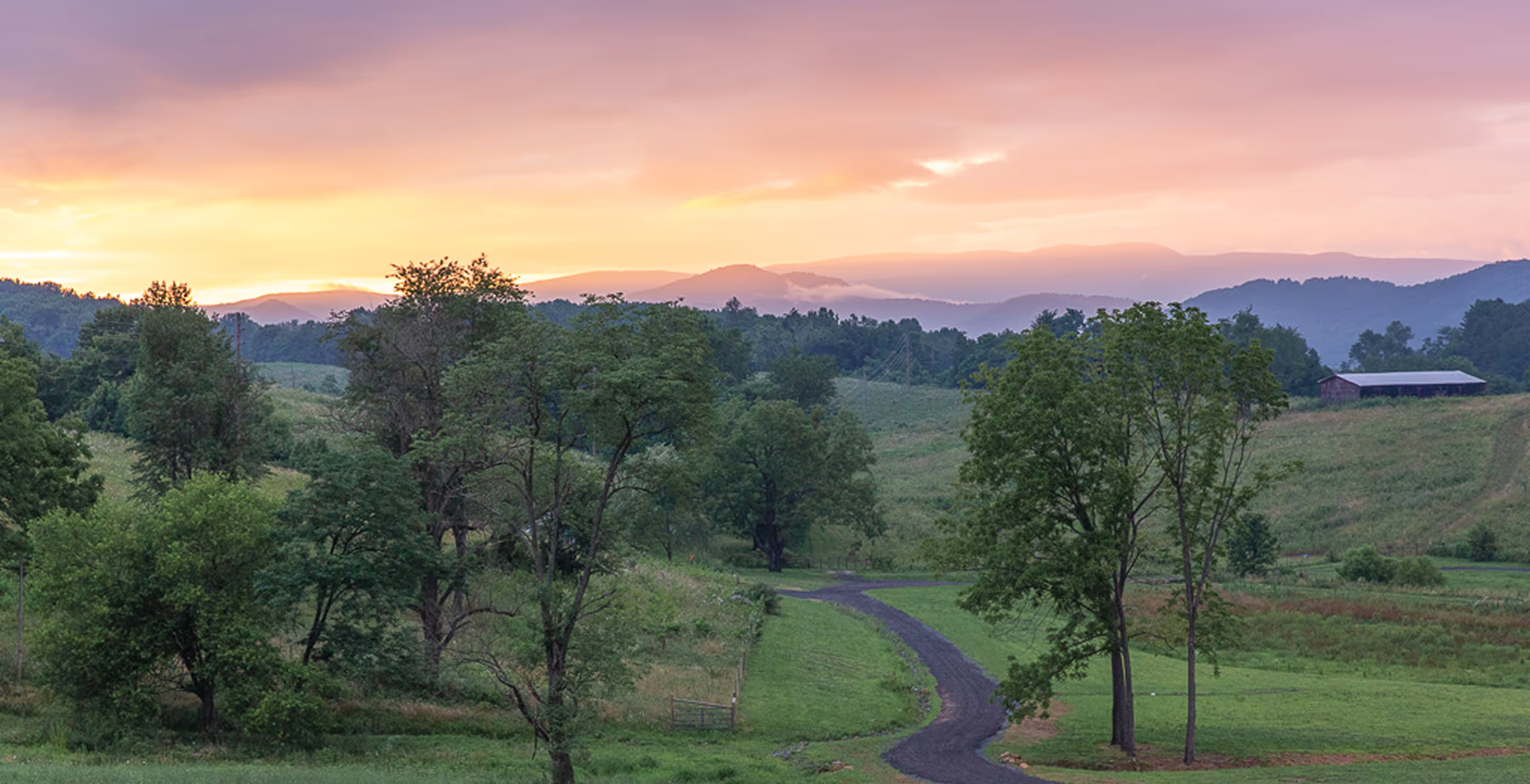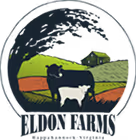Choose Native Plants
for a Beautiful,
Thriving Yard
Discover how replacing common invasive plants with beautiful, hardy natives supports local wildlife, reduces yard work, and helps preserve the unique character of our region.

Make Your Yard a Haven for Wildlife
Swap invasive plants for natives that support birds, pollinators, and a thriving local ecosystem — starting right outside your door.
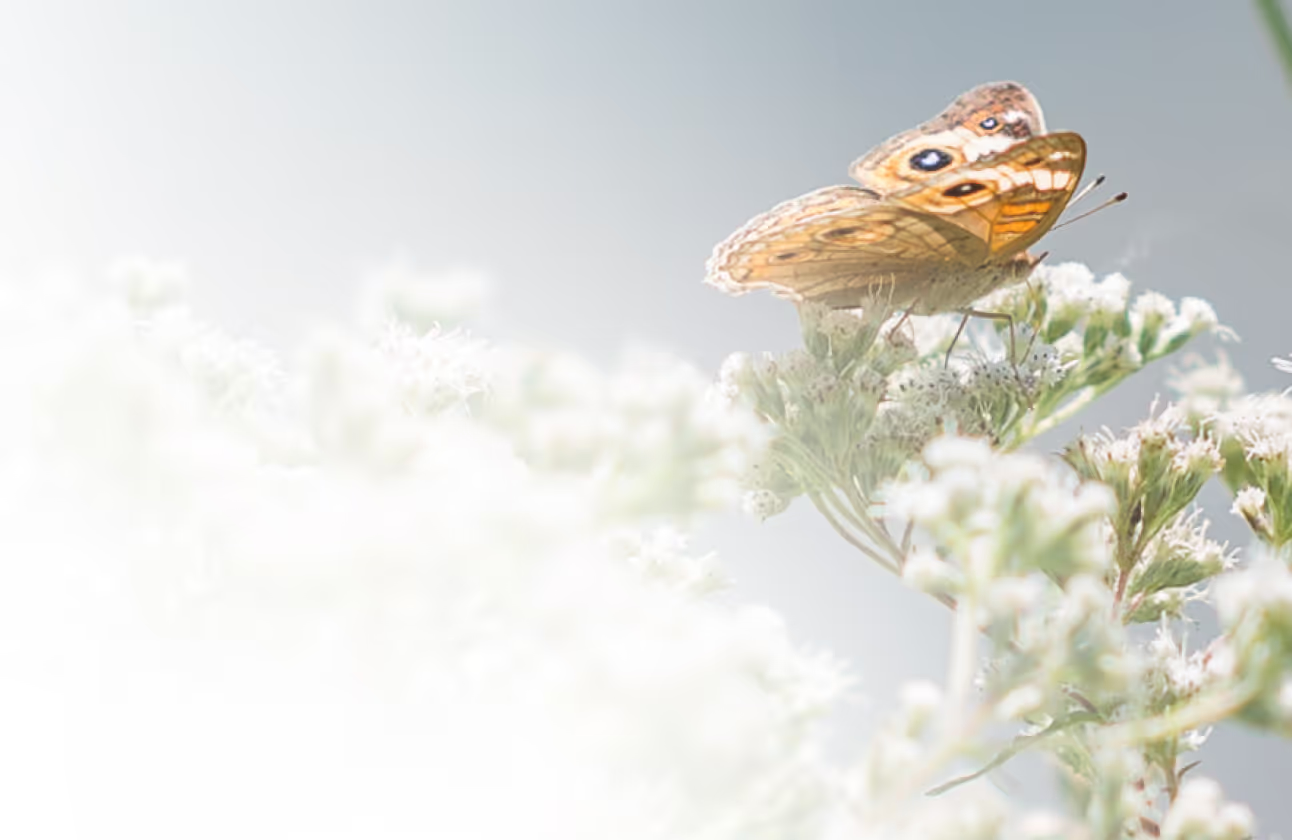

Support More Wildlife
Provide essential food and shelter for local birds, insects, and other creatures.

Reduce Yard Work
Select plants naturally adapted to our soil and climate, requiring less water, fertilizer, and fuss.

Increase Natural Beauty
Enjoy unique flowers, foliage, and seasonal interest authentic to Rappahannock County.

Prevent Harm
Stop the spread of invasive species that damage surrounding ecosystems and require costly removal.

Build Resilience
Contribute to a healthier, more connected local ecosystems better able to withstand challenges.
Swap Harmful Invasives for Beneficial Natives
Making informed choices starts with recognizing common invasive plants often found in local landscaping and discovering the beautiful, ecologically valuable native alternatives.
Remember: One native oak tree supports over 557 caterpillar species, vital food for birds. One invasive Bradford pear supports virtually none. Your choices matter.
Oriental Bittersweet
Strangles and kills trees, spreads rapidly by birds.

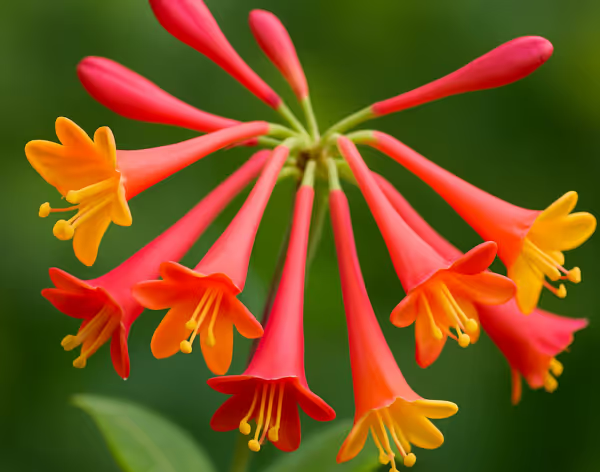
Trumpet Honeysuckle
Tubular red/yellow flowers feed hummingbirds, host plant, not aggressive.
Kudzu
Smothers entire landscapes, extremely difficult to control.
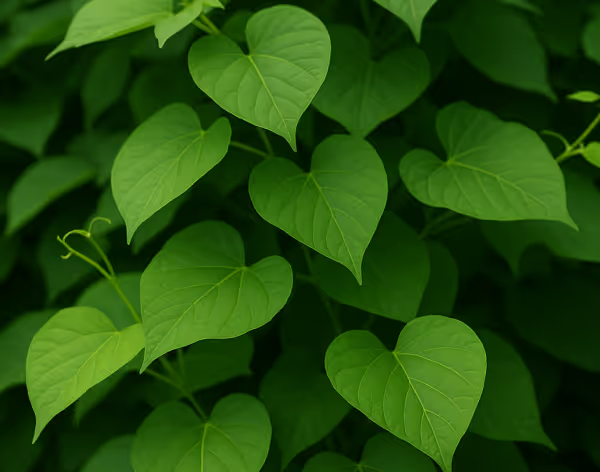
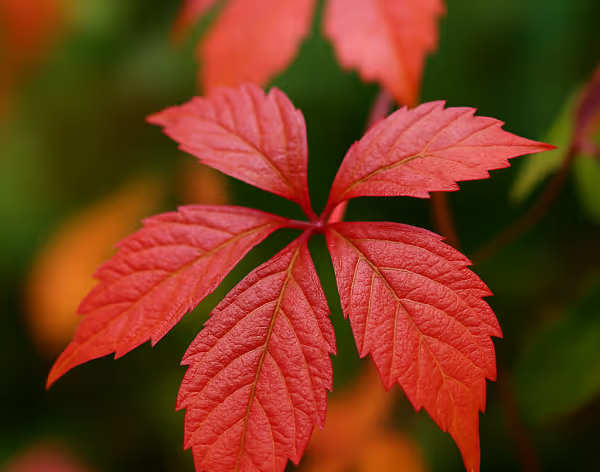
Virginia Creeper
Excellent fall color, berries for birds, vigorous groundcover/climber (manage spread).
Japanese Honeysuckle
Crowds out native plants, climbs trees and shrubs aggressively.
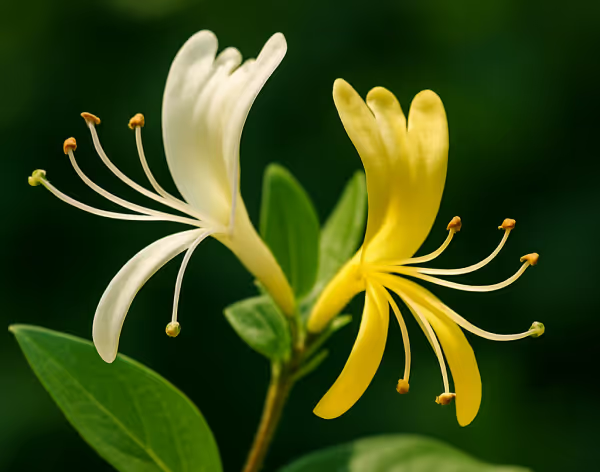

Trumpet Honeysuckle
Tubular red/yellow flowers feed hummingbirds, host plant, not aggressive.
English Ivy
Damages trees and buildings, spreads by runners and seed.
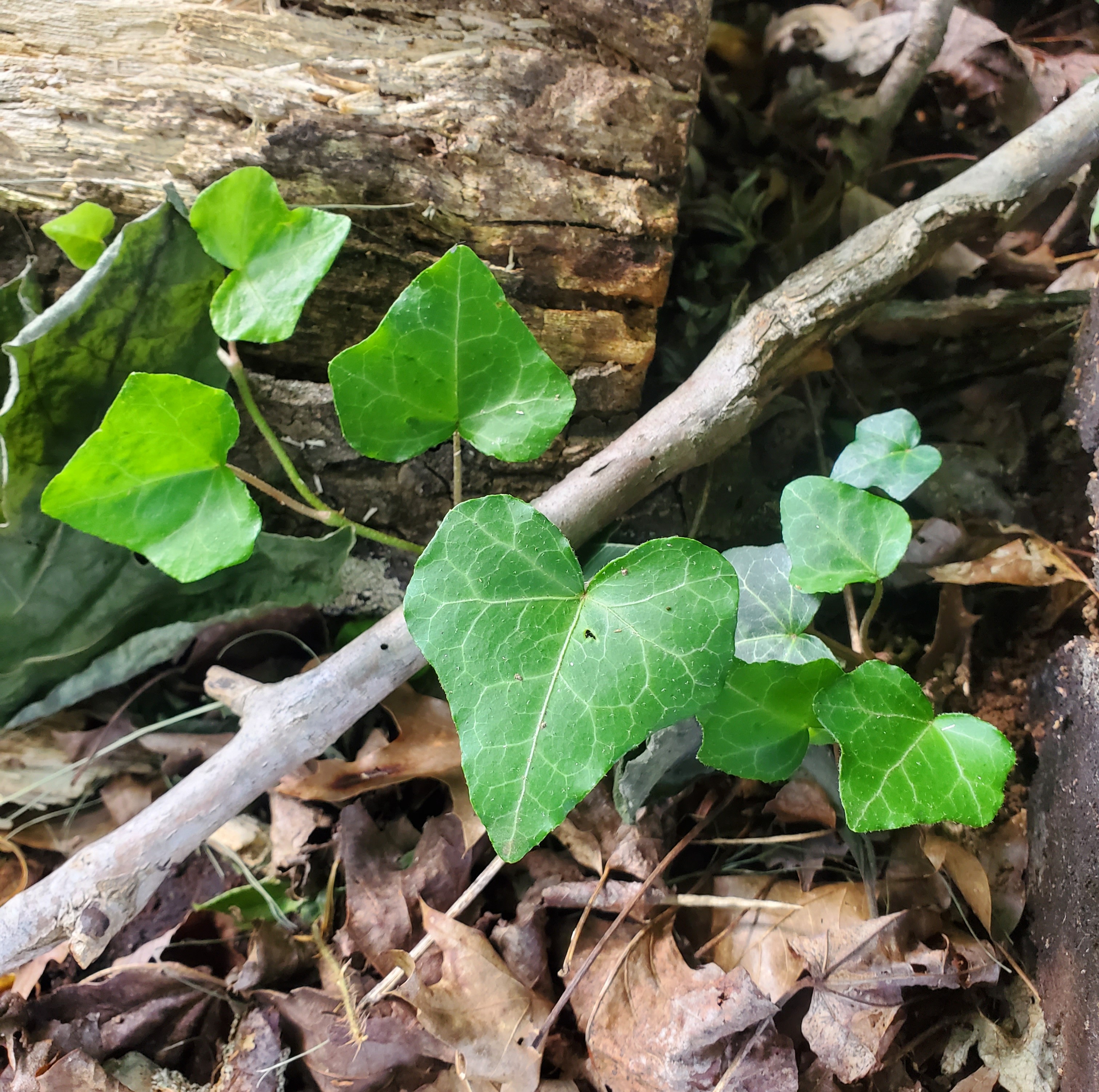
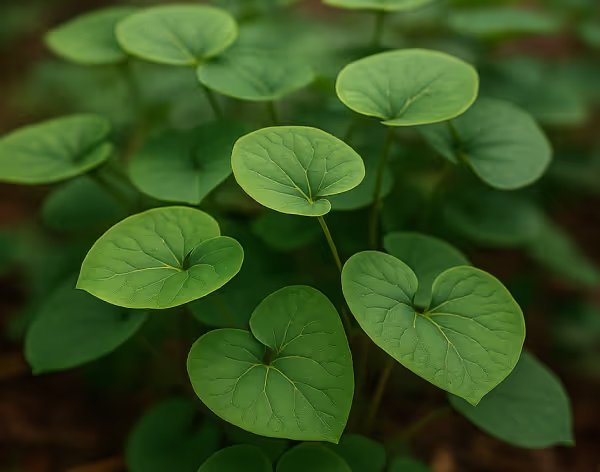
Wild Ginger or Crossvine
Dense groundcover with heart-shaped leaves, stays contained.
Porcelain Berry
Vigorous vine with colorful berries, overtakes woodlands.

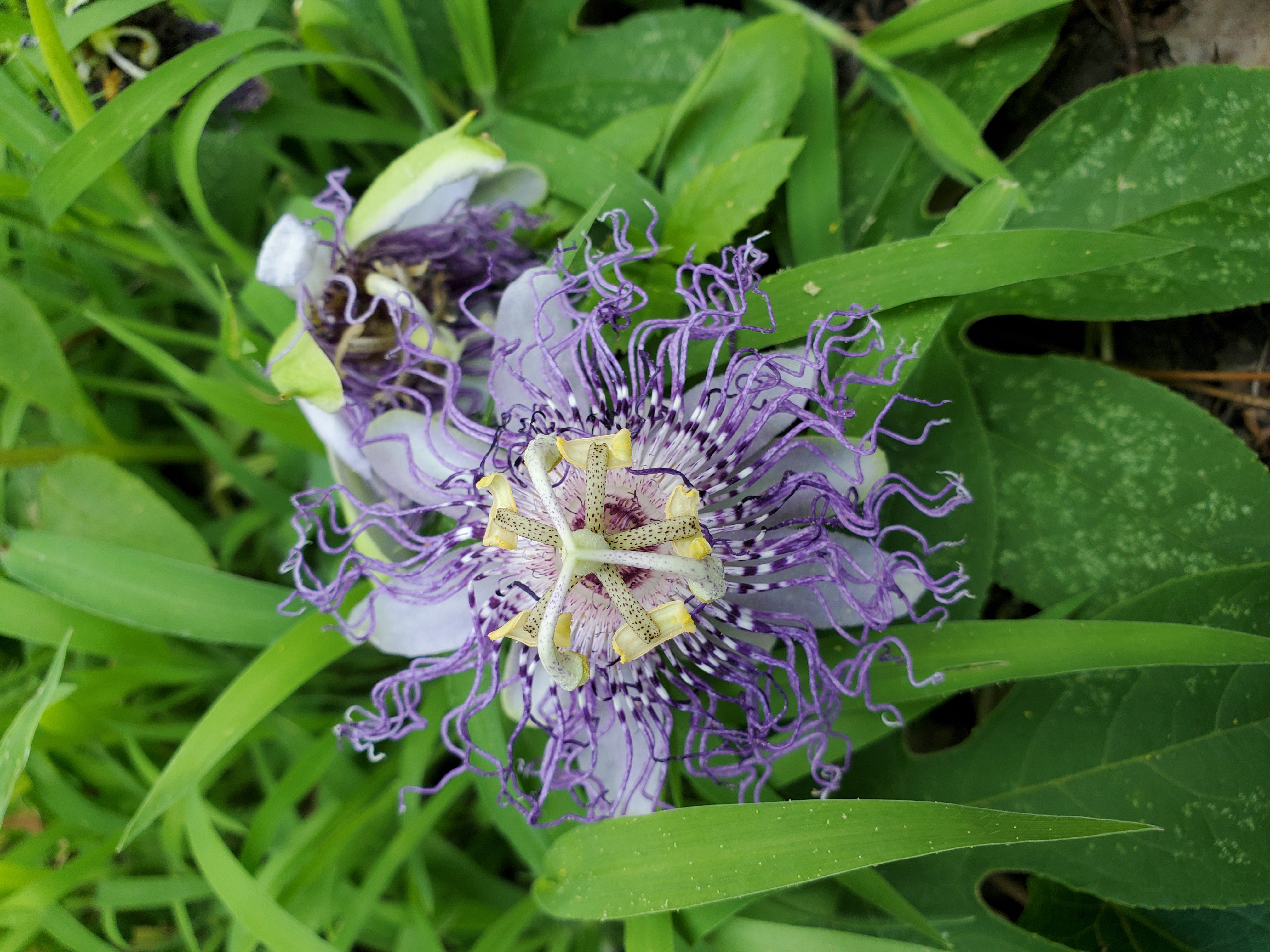
Passionflower Vine
Unique flowers attract pollinators, moderate growth habit.
Mile-a-Minute Vine
Rapid vine smothers plants, produces abundant seeds.
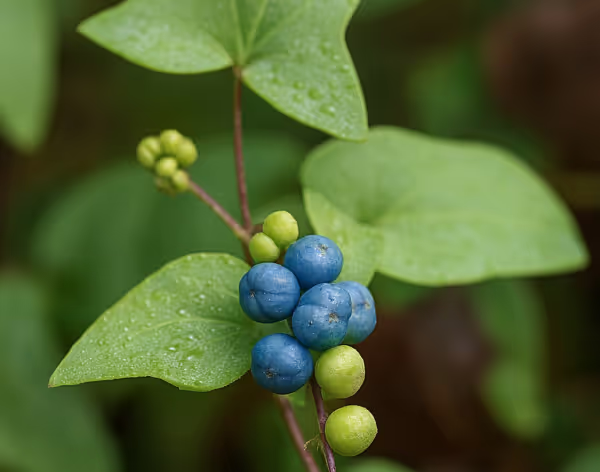

Native Clematis
Climbing perennial with delicate flowers, non-invasive.
Euonymus fortunei
Spreads aggressively, climbs and carpets forest floors.
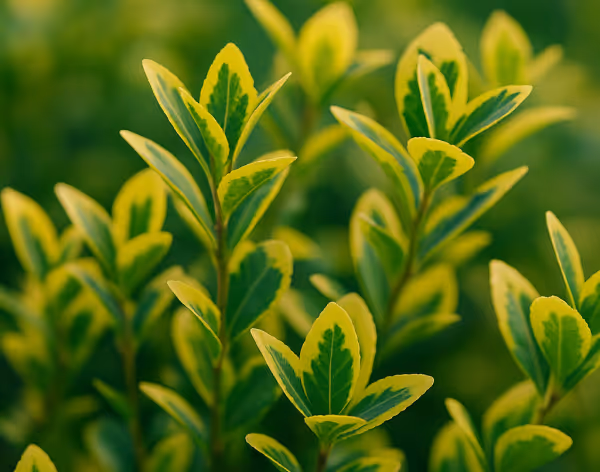
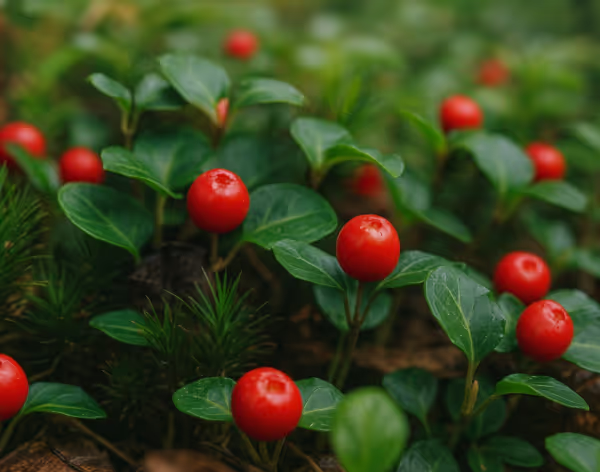
Partridge Berry
Low evergreen groundcover with berries, supports wildlife.
Burning Bush
Invades forests, shades out native wildflowers, limited wildlife value.

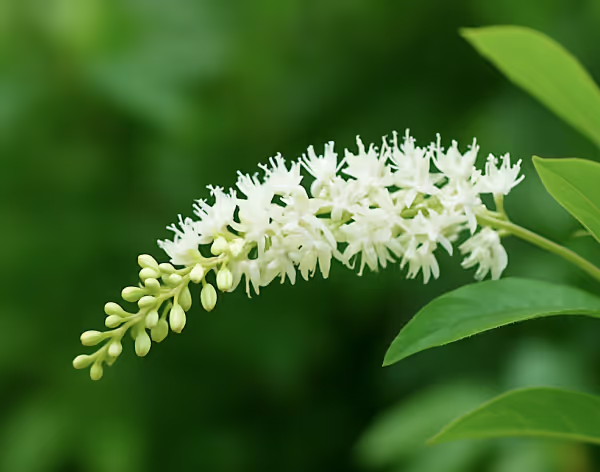
Virginia Sweetspire
Fragrant summer flowers attract pollinators, brilliant red fall color, adaptable.
Japanese Barberry
Forms dense thickets, harbors ticks, displaces native plants.
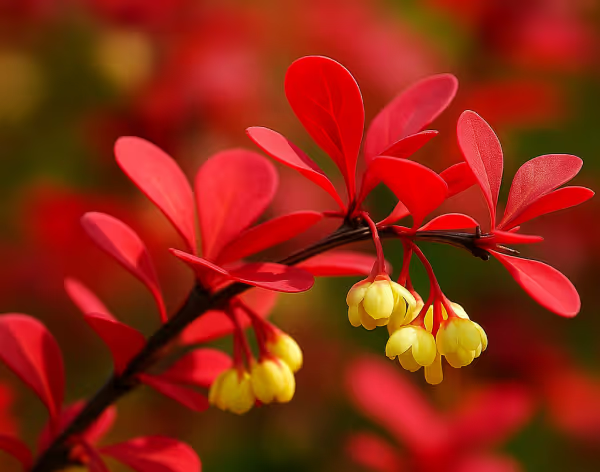

Winterberry Holly
Bright red berries feed winter birds, striking in snow, adaptable to wet/dry.
Autumn Olive
Aggressively colonizes open areas, fixes nitrogen changing soil chemistry.
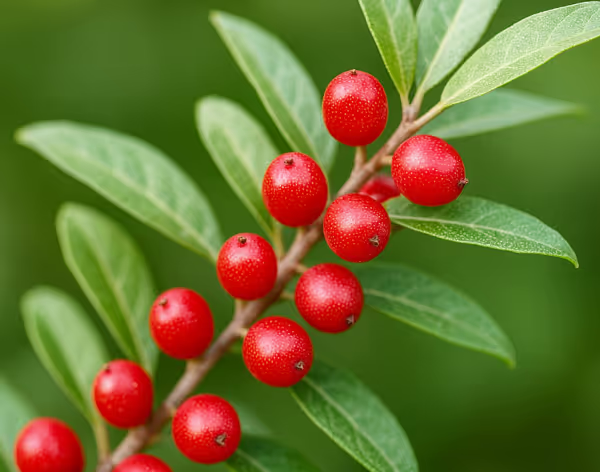

Spicebush
Early yellow flowers, host for Spicebush Swallowtail butterfly, red berries for birds.
Privet Hedge
Escapes cultivation, forms dense, impenetrable thickets.
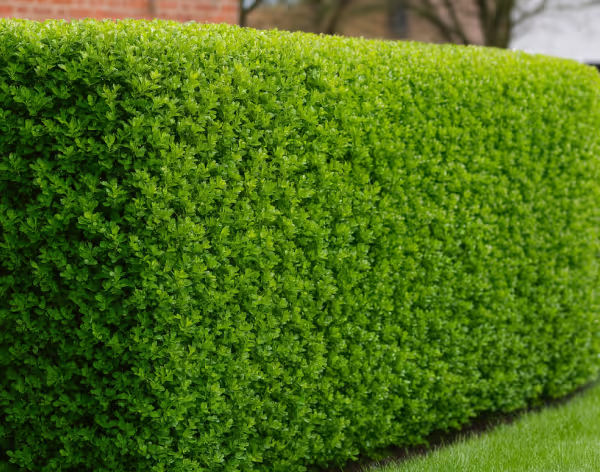

Inkberry Holly
Evergreen native hedge with berries for wildlife.
Multiflora Rose
Thorny shrub forming dense thickets, hard to remove.


Virginia Rose
Native rose with pink flowers, less aggressive spread.
Callery Pear
Escapes plantings, forms dense stands in open areas.

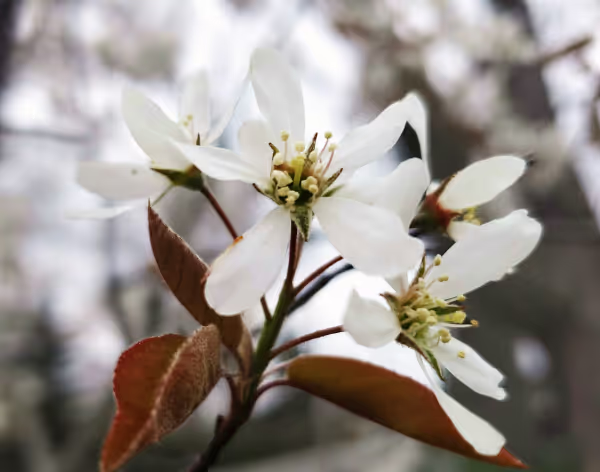
Serviceberry
Beautiful spring flowers, edible berries for birds/people, great fall color, host plant.
Ailanthus or Tree of Heaven
Colonizes disturbed sites rapidly, produces many seeds.
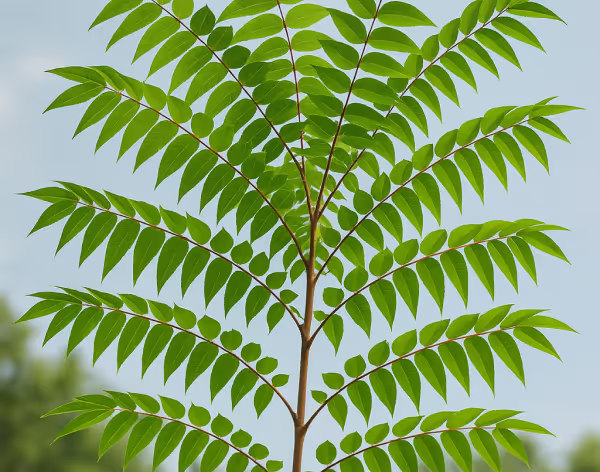
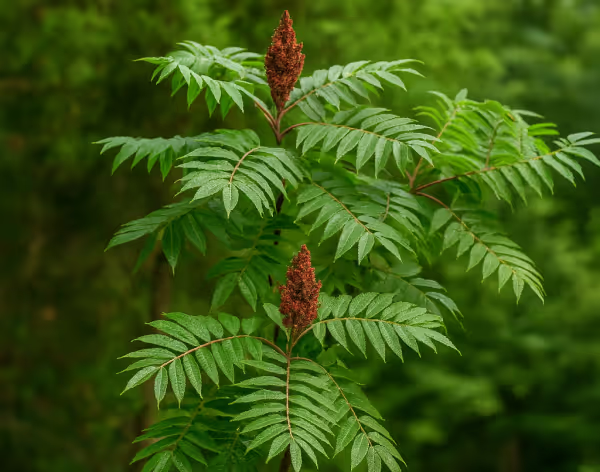
Sumac
Colorful foliage, clusters of berries feed wildlife.
White Mulberry
Hybridizes with natives, spreads by birds and mammals.

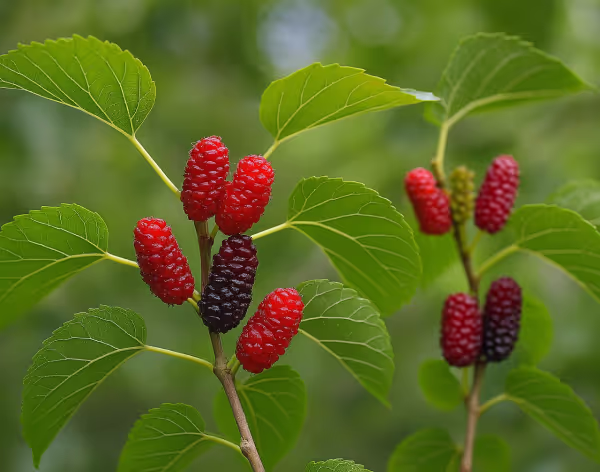
Red Mulberry
Native tree producing sweet berries, wildlife friendly.
Garlic Mustard
Spreads aggressively, displaces woodland wildflowers.

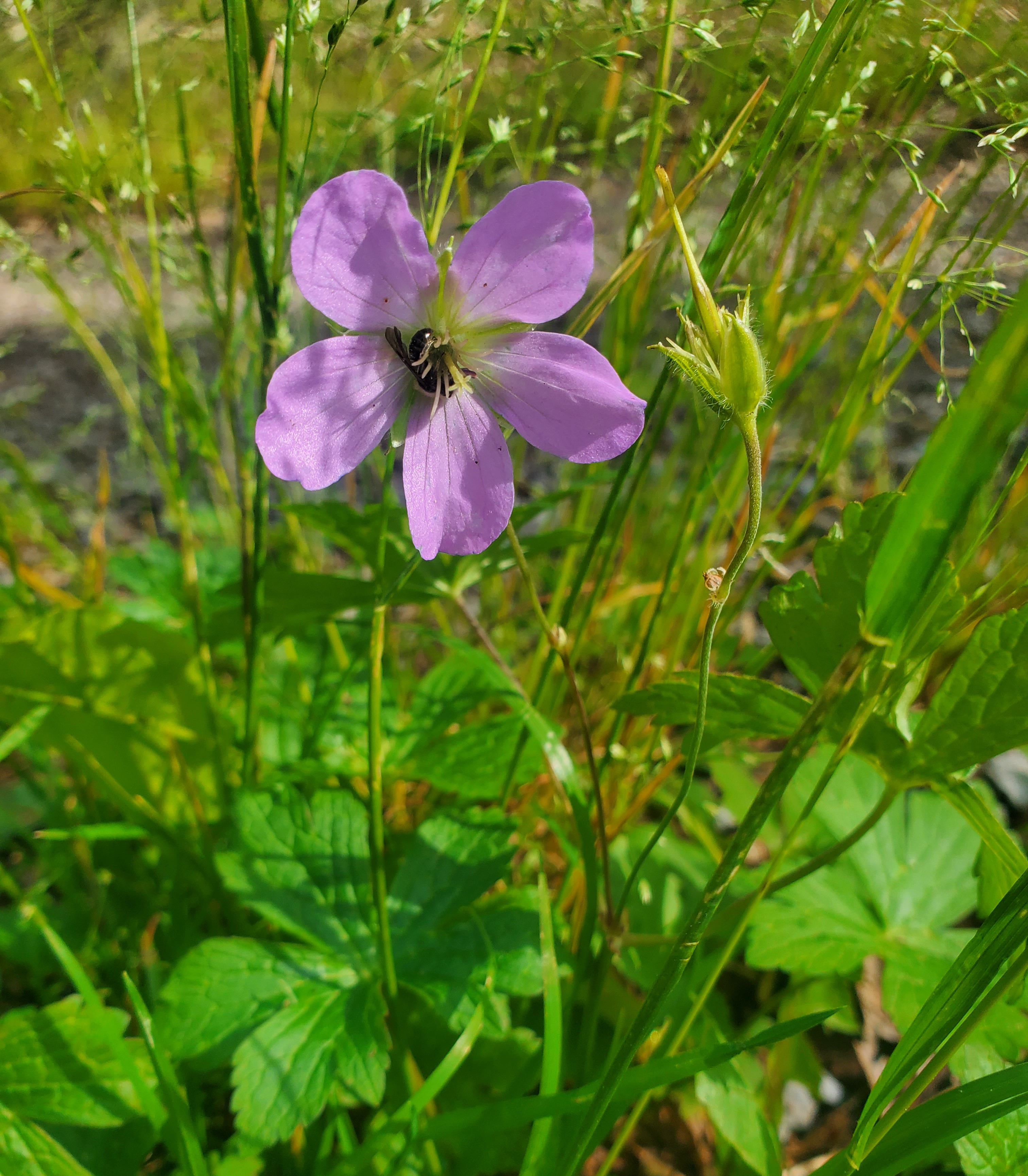
Wild Geranium
Pink flowers thrive in shade, supports native pollinators.
Japanese Stiltgrass
Forms dense mats, reduces native plant diversity.

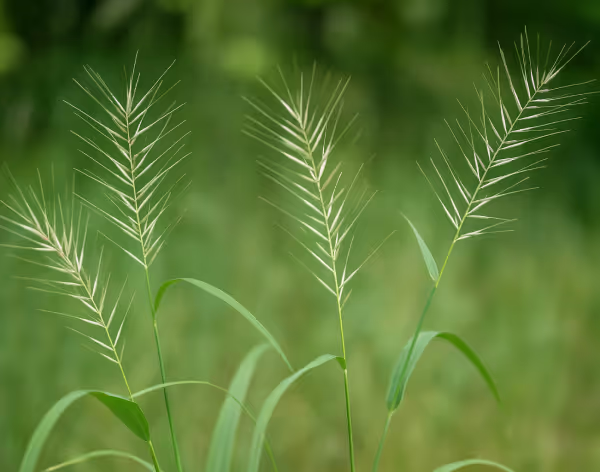
Bottlebrush Grass
Native grass with airy seed heads, shade tolerant.
Thistle
Prickly weed, spreads by seed, hard to control.
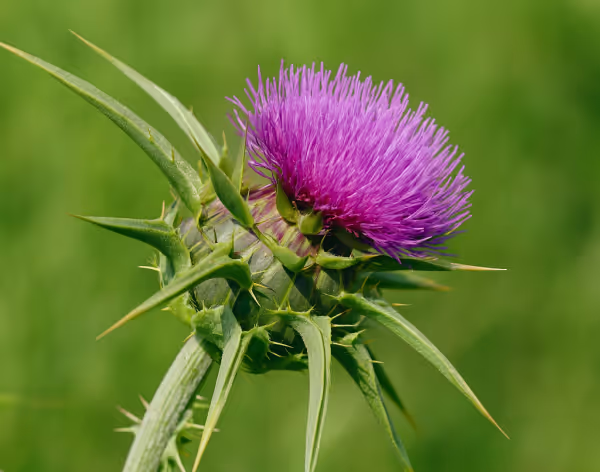
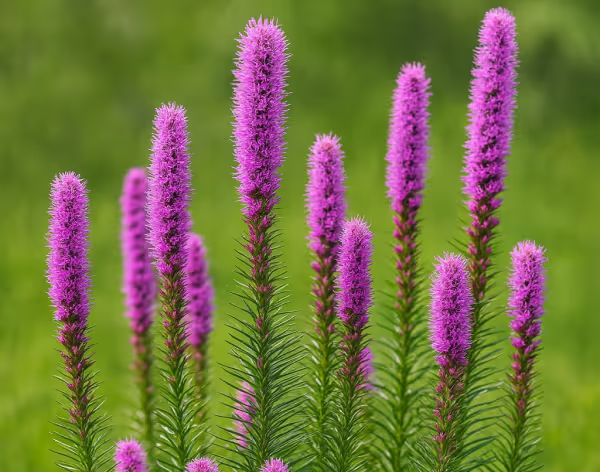
Purple spikes attract butterflies and native bees.
Purple spikes attract butterflies and native bees.
Wavy Leaf Basket Grass
Covers forest floors, crowds out seedlings and natives.
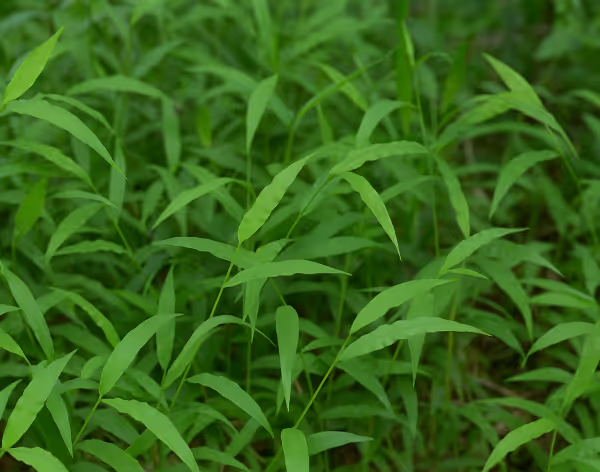
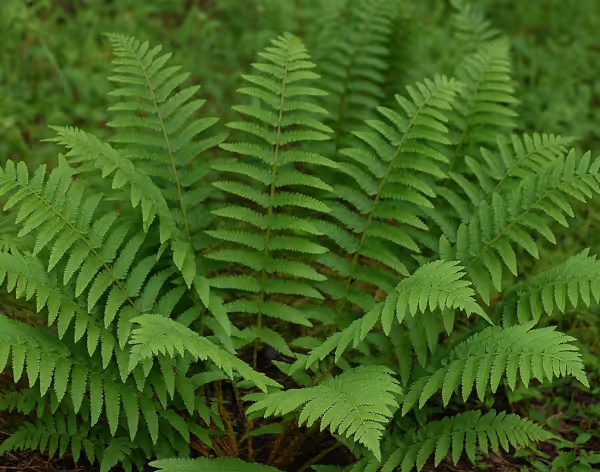
Christmas Fern
Evergreen fronds, stabilizes soil, thrives in shade.

Eldon's Commitment to Native Ecosystems
Eldon Farms has deep roots in Rappahannock County. Assembled originally in the 1960s by the forward-thinking Lane family as a strategic investment in undervalued farmland, the property consolidated dozens of smaller farms.
In recent years, ownership transitioned to the Akre family, bringing a shift in vision. Seeing the mounting pressures of development changing the region, Chuck Akre asked a guiding question: "Wouldn't it be cool if in 50 years you looked out the window and it still looked the same way it does today?" This sparked Eldon's transformation into its current mission: a working landscape committed not just to preserving, but actively stewarding the land to demonstrate how ecological health and economic productivity can sustain Rappahannock's rural legacy for generations to come.
Start Your Stewardship Journey Today
You don't need a huge property or an ecology degree to make a difference. Here are simple steps anyone can take:
Identify & Remove ONE Invasive
Use our guide to find just one problem plant in your yard (like ailanthus or multiflora rose) and remove it. Every bit helps stop the spread.
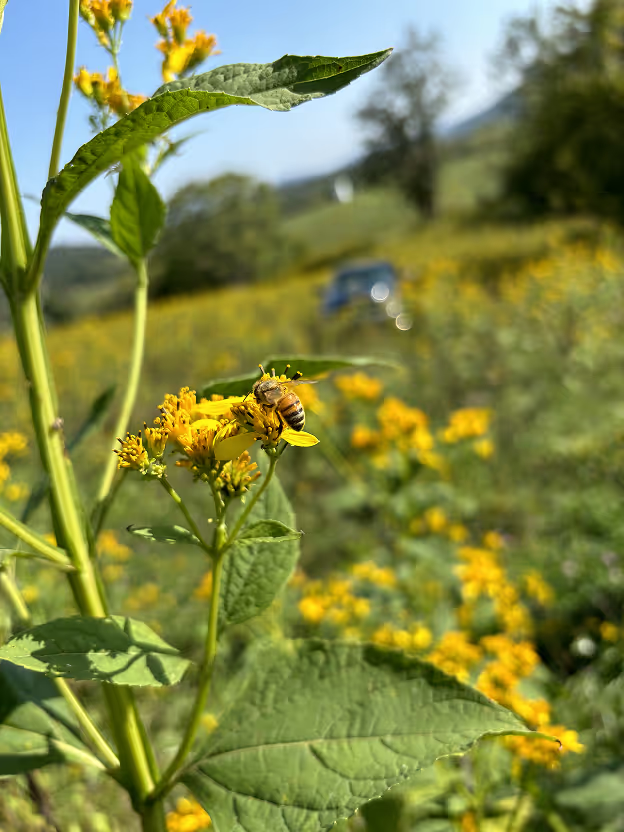
Plant ONE Native
Replace that invasive, or simply add one beautiful native plant known to thrive here. Start small – maybe a pollinator-friendly perennial or a berry-producing shrub.
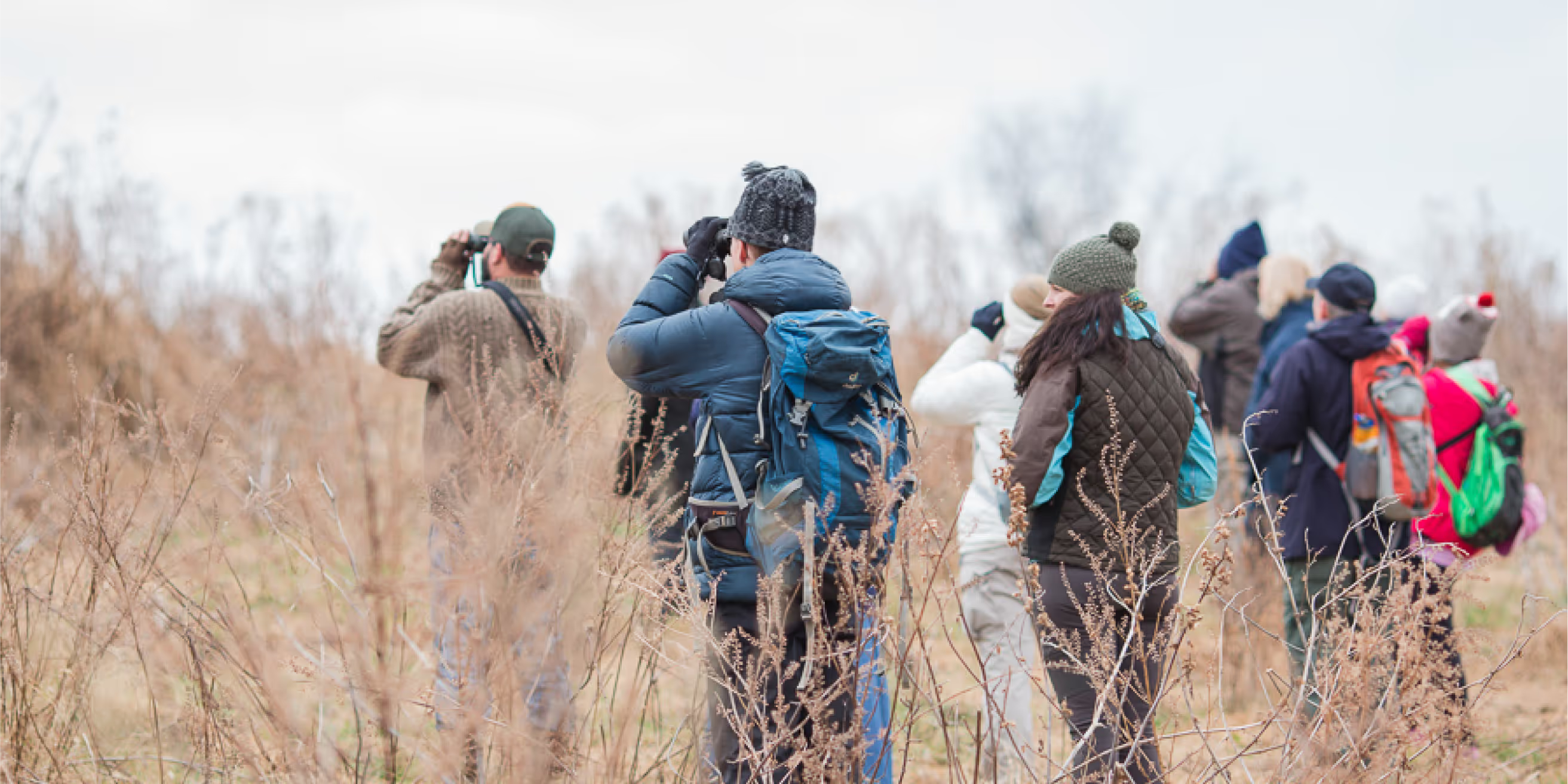
Spread the Word, Not
the Seeds
Talk to your neighbors and local garden centers about the importance of choosing native plants for a healthier Rappahannock ecosystem. Share our resources!
Common questions about our approach
Aren't native plants messy or weedy-looking?
Not at all! Many natives offer stunning flowers, vibrant fall color, and neat growth habits. It's about choosing the right native plants for your desired look and location. Hill House Nursery can help you find options that are both beautiful and beneficial.
Where can I even find native plants suitable for Rappahannock?
Local sources specializing in regional ecotypes are best. Our partner, Hill House Nursery (soon relocating to Clover Hill!), offers a great selection specifically proven to thrive here.
Won't the deer just eat native plants?
While deer browse pressure is real, many beautiful native plants are relatively deer-resistant once established (like Spicebush, American Beautyberry, or many ferns and grasses). We can help you choose tougher options and suggest protection methods for young plants.
Is removing established invasive shrubs difficult?
It takes effort, but it's manageable. Smaller shrubs can often be pulled or dug out. Larger ones might require cutting and targeted treatment on the stump. Our guide offers tips, and local resources can provide advice. The long-term benefit is worth the initial work!
Ready to Plant for a Healthier Rappahannock?
Download our comprehensive guide to identify harmful invasives and discover beautiful native alternatives perfect for your yard.
